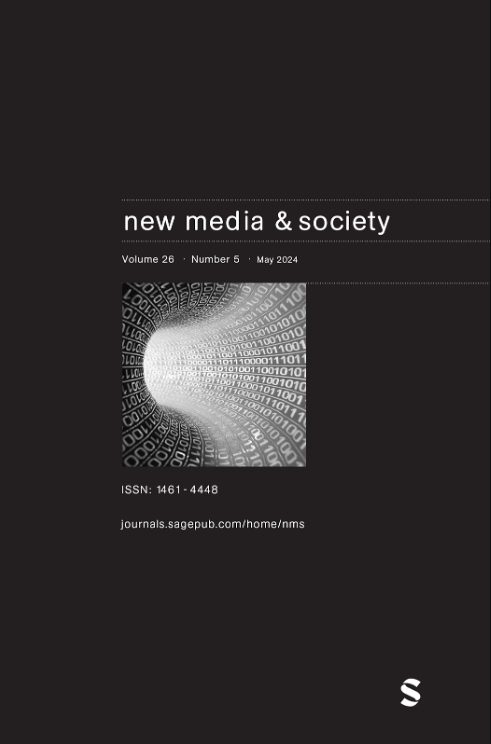虚假信息的声音:TikTok、计算宣传和入侵乌克兰
IF 4.5
1区 文学
Q1 COMMUNICATION
引用次数: 0
摘要
TikTok 已成为传播有关乌克兰战争的错误信息和虚假信息的强大平台。在 2022 年 2 月俄罗斯入侵后的最初三个月里,以 #Ukraine 为标签的视频获得了 369 亿次浏览,单个视频的浏览量高达 8800 万次。除了通过图像和文字传播误导性信息的传统方法外,声音媒介已成为一种新颖的、特定平台的视听技术。我们的分析区分了乌克兰和俄罗斯使用的各种与战争有关的声音,并将其分为误导和虚假信息类型。我们利用计算宣传功能--自动化、可扩展性和匿名性--来探讨 TikTok 的听觉实践是如何被利用来加剧正在发生的战争事件背景下的信息紊乱的。这些做法包括重复使用声音进行协调活动,创建音频备忘录模板进行快速放大和传播,以及删除原始声音以掩盖策划者的身份。我们的结论是,TikTok 的推荐系统("给你 "页面)充当了一个声音空间,通过用户的干预对曝光进行战略性导航,使半自动化的 "软 "宣传能够利用其音频功能蓬勃发展。本文章由计算机程序翻译,如有差异,请以英文原文为准。
The sound of disinformation: TikTok, computational propaganda, and the invasion of Ukraine
TikTok has emerged as a powerful platform for the dissemination of mis- and disinformation about the war in Ukraine. During the initial three months after the Russian invasion in February 2022, videos under the hashtag #Ukraine garnered 36.9 billion views, with individual videos scaling up to 88 million views. Beyond the traditional methods of spreading misleading information through images and text, the medium of sound has emerged as a novel, platform-specific audiovisual technique. Our analysis distinguishes various war-related sounds utilized by both Ukraine and Russia and classifies them into a mis- and disinformation typology. We use computational propaganda features—automation, scalability, and anonymity—to explore how TikTok’s auditory practices are exploited to exacerbate information disorders in the context of ongoing war events. These practices include reusing sounds for coordinated campaigns, creating audio meme templates for rapid amplification and distribution, and deleting the original sounds to conceal the orchestrators’ identities. We conclude that TikTok’s recommendation system (the “for you” page) acts as a sound space where exposure is strategically navigated through users’ intervention, enabling semi-automated “soft” propaganda to thrive by leveraging its audio features.
求助全文
通过发布文献求助,成功后即可免费获取论文全文。
去求助
来源期刊

New Media & Society
COMMUNICATION-
CiteScore
12.70
自引率
8.00%
发文量
274
期刊介绍:
New Media & Society engages in critical discussions of the key issues arising from the scale and speed of new media development, drawing on a wide range of disciplinary perspectives and on both theoretical and empirical research. The journal includes contributions on: -the individual and the social, the cultural and the political dimensions of new media -the global and local dimensions of the relationship between media and social change -contemporary as well as historical developments -the implications and impacts of, as well as the determinants and obstacles to, media change the relationship between theory, policy and practice.
 求助内容:
求助内容: 应助结果提醒方式:
应助结果提醒方式:


